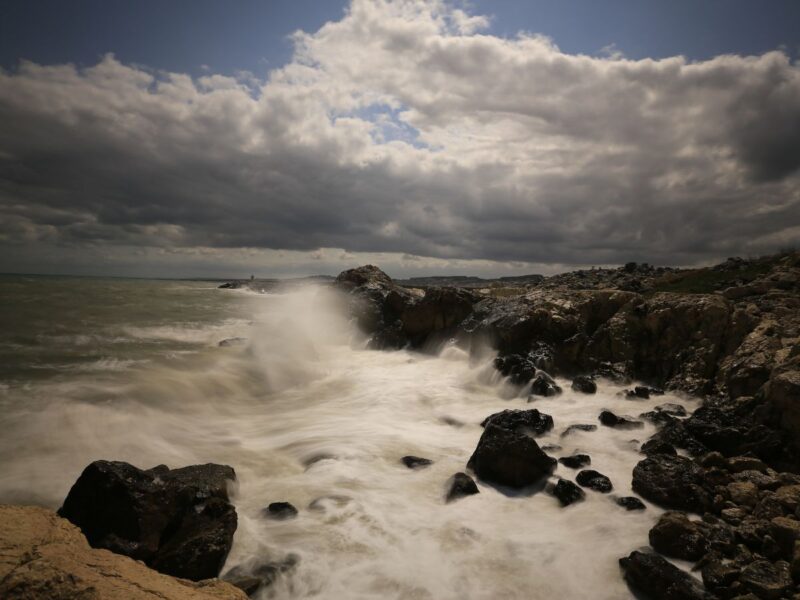New Delhi, 22 November 2024: A new study has issued a grave warning about the future of coastal communities, predicting that a 1-metre rise in sea level by the year 2100 could affect over 14 million people worldwide. This alarming projection underscores the urgency of addressing climate change and its devastating impacts, particularly on vulnerable coastal regions. Rising sea level a direct consequence of global warming, driven by melting ice caps, glaciers, and thermal expansion of ocean waters.
The Drivers Behind Sea Level Rise: Getting to the Root of the Problem
The main contributors to rising sea levels are the warming of seawater and the melting ice sheets of Greenland and Antarctica. As global temperatures climb due to climate change, the ice caps are melting faster than ever, which leads to elevated sea level. Moreover, the melting of glaciers across the globe adds to this challenge, creating long-term repercussions for coastal regions.
Coastal Areas at Risk: Examining Affected Locations
Coastal regions are particularly vulnerable to rising sea level thanks to their unique geographical and environmental factors. Areas like Southeast Asia, certain regions in the United States. And small island nations expected to face severe flooding, erosion, and destruction of natural habitats. The study underscores that densely populated urban centers, especially in developing nations, will bear the brunt of these risks. Many of these communities lack the necessary resources to adapt or relocate, making them significantly more susceptible to the effects of climate change.
Effects on People: Displacement and Relocation
One of the most urgent consequences of a one-meter sea level rise is the potential displacement of millions. Coastal communities could find themselves needing to move as their homes become unlivable. This population shift may lead to overcrowding in inland areas, putting pressure on their resources and infrastructure. Additionally, the emotional and social ramifications for those affected are immense. As families are forced to leave their homes and communities behind.
You may also like –

The economic repercussions of a one-meter rise in sea levels could be staggering. Coastal cities are responsible for a substantial portion of the world’s GDP, and their submergence could lead to hefty financial losses. Damage to infrastructure, property loss, and diminished tourism revenues are just some of the economic hurdles that may arise. It’s crucial for governments and businesses to start evaluating these risks and create plans to soften the financial blow.
Read Also – Not Just Smog, Surge in ‘Walking Pneumonia’ Cases Alarms Delhi Residents
In light of these findings, it is essential for policymakers to act without delay. National and local governments should make climate adaptation a priority by investing in strong infrastructure, reinforcing coastal defenses, and crafting thorough evacuation plans. Global cooperation is vital as climate change knows no borders.









